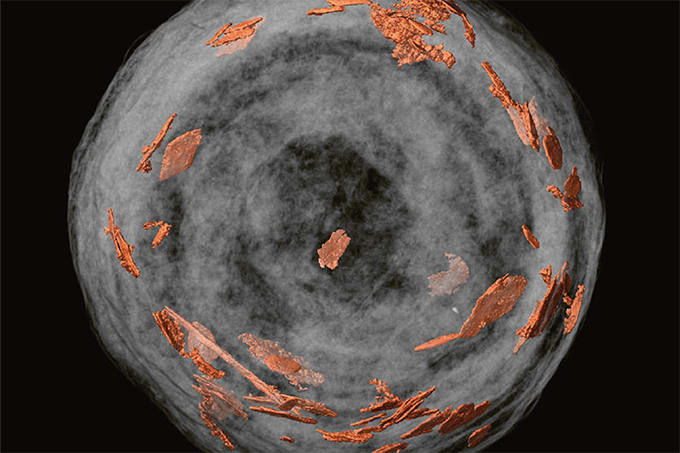Let’s start with your background. How did you get involved in chiral separations?
I’m a pharmacist by training, and I’ve been working in the field of chirality for over 30 years. I joined Chiral Technologies Europe 23 years ago, and today I serve as President and Manager of Technical Operations. Over the decades, I’ve seen this field grow from a specialized area into a fundamental aspect of pharmaceutical and analytical science.
Tell us about Chiral Technologies Europe and its connection to Daicel Corporation.
Chiral Technologies Europe is the European subsidiary of Daicel Corporation, based in Japan. We focus on developing and commercializing chiral stationary phases (CSPs) to separate chiral molecules and their enantiomers. Our solutions support pharmaceutical companies and other industries that need precise, reliable separation technologies.
You’ve hinted at a new development – what are you preparing to launch?
We’re introducing a new column that we believe is quite special. It enables the separation of all 21 natural amino acids into their enantiomeric forms – in a single analysis using a single column. The process takes just five minutes and is fully compatible with LC-MS detection. It’s fast, efficient, and unified – something the industry has been asking for.
Where did the idea come from?
It came directly from our discussions with customers. We already had several solutions for separating enantiomers, but none of them could deliver a comprehensive, all-in-one approach for amino acids. At the same time, we were aware of broader interest in the topic – researchers trying to solve it with incomplete or technically complex methods. We saw a clear need for a more elegant solution.
What are the main challenges of separating amino acid enantiomers?
The 20 chiral natural amino acids and one achiral amino acid are a mix of neutral, acidic and basic functionalities, combined with a range of chemical structures that do not easily lend themselves to unified analysis. Numerous attempts have been made to separate their isomers using 2D systems or columns in parallel or series. Yet none have achieved chiral separation of all natural amino acids in a manner that is compatible with routine, time-efficient , and quantitatively reliable clinical workflows – until now.
What makes this column different from previous approaches?
This new column delivers complete separation of all 21 natural proteinogenic amino acids in both of their enantiomeric forms. It works in high-throughput mode – around five minutes per run – but can also be operated in slower modes if needed, to be compatible with UV detection. The result is a flexible, scalable solution that finally enables routine analysis of amino acid chirality.
Which user groups do you think will benefit most?
Pharma customers will benefit right away – especially those involved in development, quality control, or impurity profiling. But for me, the most exciting opportunity lies in clinical applications. Until now, clinical labs have been blind to chirality. The technical barriers were simply too high to make this kind of analysis part of routine practice.
How could this change clinical research or diagnostics?
We know that certain amino acids – including D-amino acids – are biologically significant. They may be linked to neurodegeneration, cancer, or aging. But without a practical way to measure them in wide sample cohorts, their value as biomarkers has remained out of reach. This column could provide the first real key to unlock those insights and bring them into clinical workflows.
Until now, clinics and metabolomics labs have only been able to detect amino acids as a single achiral peak. Yet we know that natural amino acids on Earth are predominantly L-forms – so the presence of D-amino acids in patients signals a significant biological shift. Several studies have linked D-amino acids to diseases such as cataracts, Alzheimer’s, kidney dysfunction, and cancer. However, no routine method has existed to rapidly detect changes in amino acid chirality in clinical samples. That will now become possible.
When do you expect it to be commercially available?
We’re planning to launch the column by October 2025. At that point, we’ll be sharing more data, applications, and performance visuals. But this is just the beginning. We’re already thinking about what comes next and how to deliver even more information through this platform.





